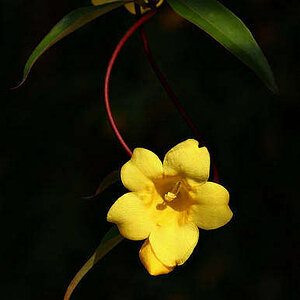BubbaBear
TPF Noob!
- Joined
- Sep 10, 2015
- Messages
- 50
- Reaction score
- 6
- Can others edit my Photos
- Photos OK to edit
Planning on using my 100 year old wooden contact printer and negatives from my vintage cameras to make contact prints. I am just getting back into the darkroom after a long time away. Do they still make contact print paper? As I remember enlarging paper is to fast to make contact prints. What is the situation these days?



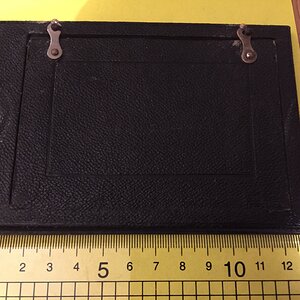
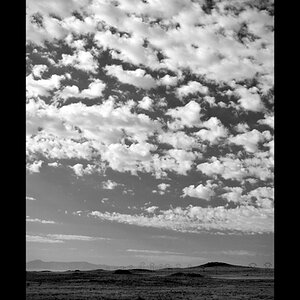
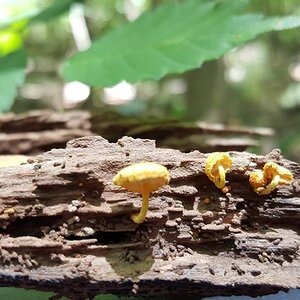
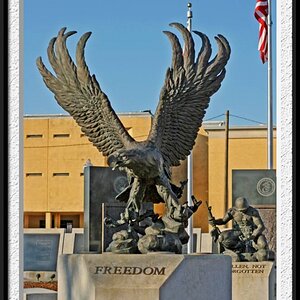
![[No title]](/data/xfmg/thumbnail/37/37606-3c9ffb5906173fa2aa489341967e1468.jpg?1619738148)
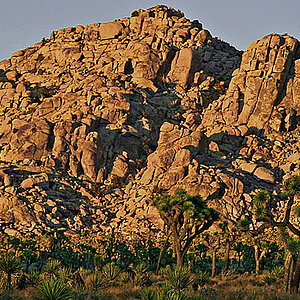
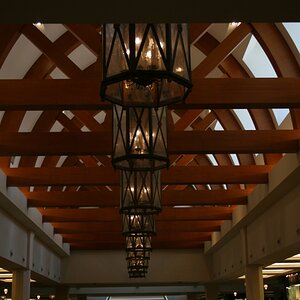
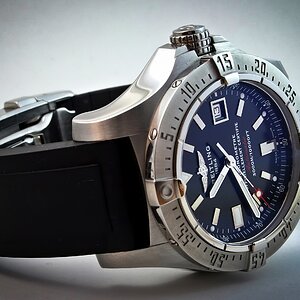
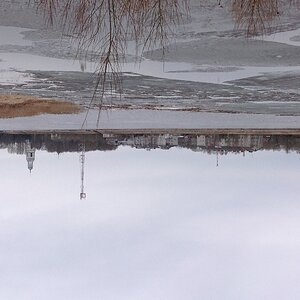
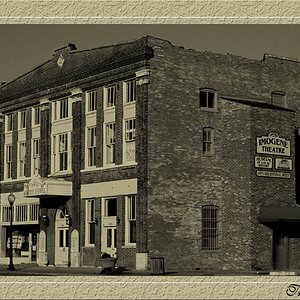
![[No title]](/data/xfmg/thumbnail/32/32698-38e2346942223e17b43fb958f66064c1.jpg?1619735601)
